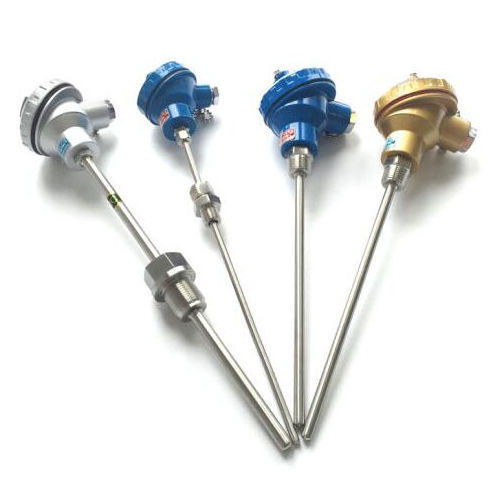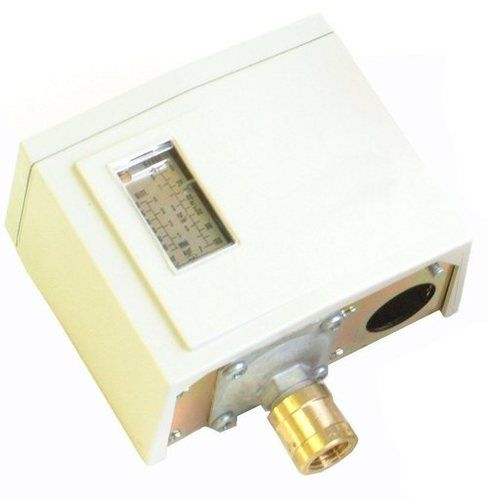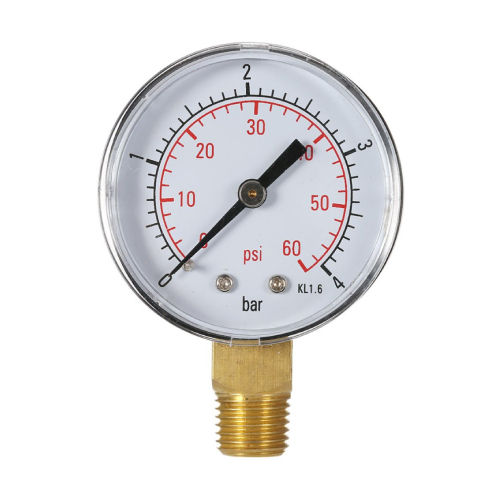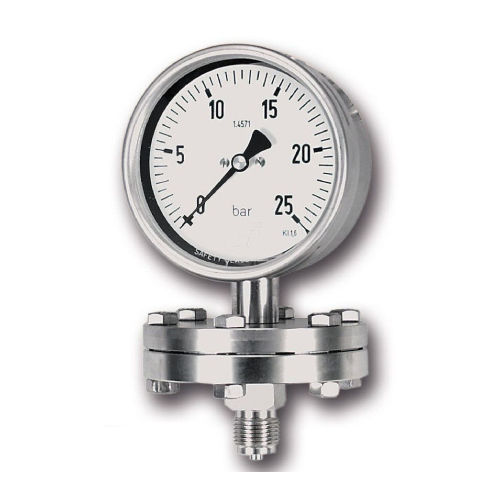Call : 08045801299
RTD Thermocuple
400 INR/Piece
Product Details:
- Usage For Industrial Use
- Color Silver
- Click to View more
X
RTD Thermocuple Price And Quantity
- 400 INR/Piece
- 50 Piece
RTD Thermocuple Product Specifications
- Silver
- For Industrial Use
RTD Thermocuple Trade Information
- Telegraphic Transfer (T/T) Cheque
- 50 Piece Per Day
- 2-3 Days
- Western Europe Australia North America Eastern Europe Middle East Central America South America Asia Africa
- All India
Product Description
RTD (Resistance Temperature Detector) and thermocouple are two types of temperature sensors commonly used in various industrial and scientific applications. An RTD is based on the principle of electrical resistance, while a thermocouple operates on the principle of the Seebeck effect. Both sensors measure temperature but have different characteristics and applications. RTDs offer higher accuracy and stability, making them suitable for precise temperature measurements, while thermocouples are more rugged and can withstand higher temperature ranges. Choosing between an RTD and a thermocouple depends on the specific temperature range, accuracy requirements, and environmental conditions of the application.
FAQs:
Q: What is an RTD?
A: An RTD (Resistance Temperature Detector) is a temperature sensor that operates based on the principle of electrical resistance. It measures temperature by sensing the change in resistance of a conductor material as it is exposed to temperature variations.
Q: What is a thermocouple?
A: A thermocouple is a temperature sensor that works on the principle of the Seebeck effect. It consists of two dissimilar metal wires joined together, producing a voltage that changes with temperature. This voltage is used to measure the temperature.
Q: What are the differences between an RTD and a thermocouple?
A: The main differences lie in their operating principles and characteristics. RTDs offer higher accuracy and stability, better linearity, and wider temperature ranges. Thermocouples are more rugged, can handle higher temperature ranges, and are generally less expensive.
Q: Which one is more accurate, an RTD or a thermocouple?
A: RTDs are generally more accurate than thermocouples. They provide better temperature measurement accuracy and stability over a wide temperature range. However, the level of accuracy also depends on the specific model and calibration of the sensor.
Q: What are the temperature ranges that RTDs and thermocouples can measure?
A: RTDs can measure temperature ranges from -200C to around 850 C (-328 F to 1562 F) and even higher with specialized designs. Thermocouples can measure a wider range of temperatures, typically from -200 C to over 2300 C (-328 F to over 4200 F), depending on the thermocouple type.
Q: Which sensor is more suitable for extreme temperature environments?
A: Thermocouples are better suited for extreme temperature environments due to their rugged construction and ability to withstand high temperatures. They can handle harsh conditions, such as those found in furnaces or industrial processes involving high heat.
Tell us about your requirement

Price:
Quantity
Select Unit
- 50
- 100
- 200
- 250
- 500
- 1000+
Additional detail
Mobile number
Email

 Send Inquiry
Send Inquiry





